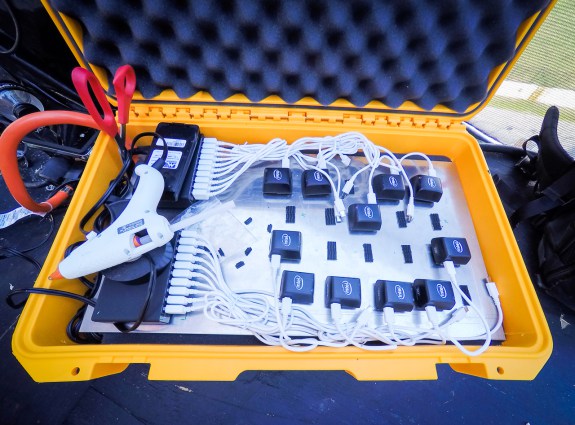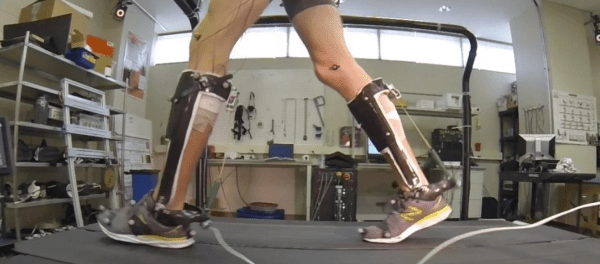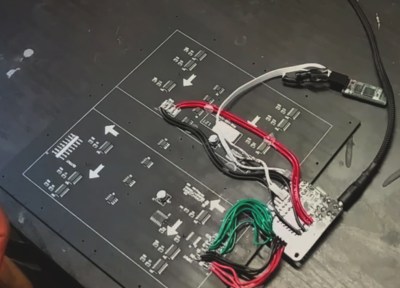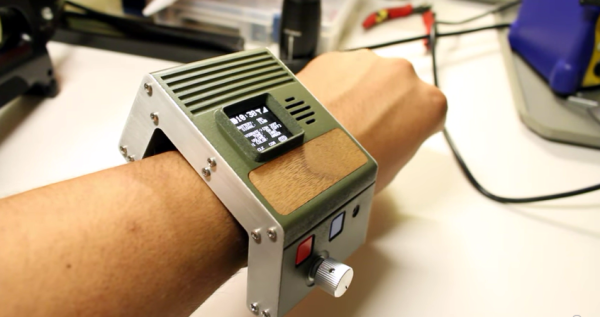It’s a really tough problem that has been solved to an amazing level. How do you capture and contain urine from a floppy, curved, and moving human infant? Ah, but the problem is a bit harder than that. You also want to keep that liquid away from the soft skin of the newborn and keep the exterior of your overall system dry too. From an R&D point of view the nice thing is that the customer base is huge — everyone needs some type of diapers. And what we have achieved thus far is a huge accomplishment of material science. [Bill Hammack], The Engineer Guy, takes on the engineering of baby diapers in his latest video.
A diaper uses three inner layers to sweep urine away from baby’s skin. The first layer actually repels water — being injected between skin and this layer, liquid passes through the holes in the material. But the moisture repellent property prevents it from moving in the opposite direction because of the next two layers encountered. The second layer uses capillary action to pull the moisture toward the third (and to act as a one-way moisture valve). The third layer contains a super-absorbent polymer. That layer starts off very thin and swells with absorption.
Bill explores just a bit about how these materials are actually manufactured. The layers are non-woven to form the necessary structures. The absorption layer uses cotton fibers to ensure moisture doesn’t form a dam between polymers. Whether you have a little one in your own household or not, the science behind this solved problem is fascinating and well worth the six minutes you’ll spend on the video below.
Continue reading “Disposable Diapers Are A Tribute To Material Science”









 I had the idea for this project a while ago after watching Avengers: Age of Ultron.
I had the idea for this project a while ago after watching Avengers: Age of Ultron.
 In his latest build he has produced
In his latest build he has produced 








